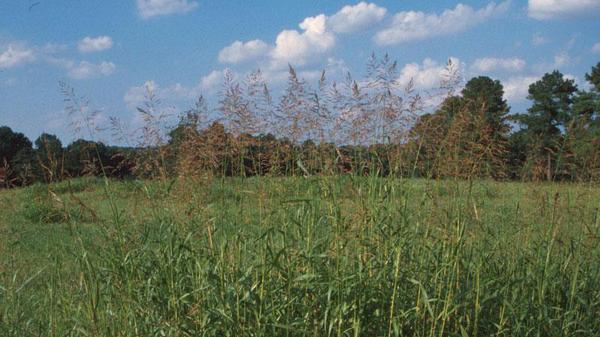Johnsongrass: Friend or Foe?
go.ncsu.edu/readext?1028309
en Español / em Português
El inglés es el idioma de control de esta página. En la medida en que haya algún conflicto entre la traducción al inglés y la traducción, el inglés prevalece.
Al hacer clic en el enlace de traducción se activa un servicio de traducción gratuito para convertir la página al español. Al igual que con cualquier traducción por Internet, la conversión no es sensible al contexto y puede que no traduzca el texto en su significado original. NC State Extension no garantiza la exactitud del texto traducido. Por favor, tenga en cuenta que algunas aplicaciones y/o servicios pueden no funcionar como se espera cuando se traducen.
Português
Inglês é o idioma de controle desta página. Na medida que haja algum conflito entre o texto original em Inglês e a tradução, o Inglês prevalece.
Ao clicar no link de tradução, um serviço gratuito de tradução será ativado para converter a página para o Português. Como em qualquer tradução pela internet, a conversão não é sensivel ao contexto e pode não ocorrer a tradução para o significado orginal. O serviço de Extensão da Carolina do Norte (NC State Extension) não garante a exatidão do texto traduzido. Por favor, observe que algumas funções ou serviços podem não funcionar como esperado após a tradução.
English
English is the controlling language of this page. To the extent there is any conflict between the English text and the translation, English controls.
Clicking on the translation link activates a free translation service to convert the page to Spanish. As with any Internet translation, the conversion is not context-sensitive and may not translate the text to its original meaning. NC State Extension does not guarantee the accuracy of the translated text. Please note that some applications and/or services may not function as expected when translated.
Collapse ▲Johnsongrass is a common warm, season perennial “weed” found in hay fields and some pastures – typically in tall clumps. As a seedling, it resembles a young corn seedling, with the first leaf blade being parallel to the ground, smooth-edged, hairless leaf blades, and a whitish midvein. It typically grows 6 to 7 feet tall, has shoots “sprouting from the base (crown)” and the leaves are rolled (University of California). It is hard to control for several reasons. Johnsongrass spreads by seed and by rhizomes. Pre-emergent chemical control can be effective on seeds but has no control on rhizomes. In addition, any chemical treatment that will kill Johnsongrass will also kill your desirable forage as well.
Johnsongrass is highly susceptible to overgrazing, which is why it is rarely seen in pastures, and livestock typically like it! It is highly palatable in its vegetative state and fairly high in nutritive value (10-14% CP and 55-60% TDN). As it matures, this quickly decreases and animals will not graze it. One concern when grazing Johnsongrass is the potential for nitrate and prussic acid accumulation during times of stress, such as severe drought or frost. It’s a good idea to take a hay sample of any hay, but especially drought-stressed johnsongrass. Nitrate testing is free at the NCDA&CS laboratory, but if you are going to the trouble to take a sample, go ahead and pay the $10 for the nutrition analysis. After frost, wait about five days before grazing. If you are mowing it for hay, the prussic acid should dissipate as it dries down.
If you are trying to remove Johnsongrass from your hayfield, you can use a wick application of glyphosate in the fall, or as a limited spot treatment at rates required to control Johnsongrass. Read the herbicide label for application rates, and any withdrawal times before mowing. Regular mowing, keeping it below 6-8 inches, can also help deplete the carbohydrate reserves in the rhizomes over time to help limit the spread of Johnsongrass. Mowing alone, however, will not eliminate Johnsongrass.
For more information contact April Bowman, Stokes County Livestock Extension Agent, at awbowman@ncsu.edu, or 336-593-8179.





